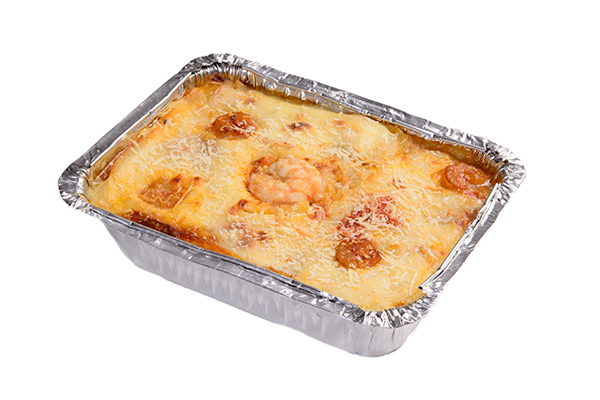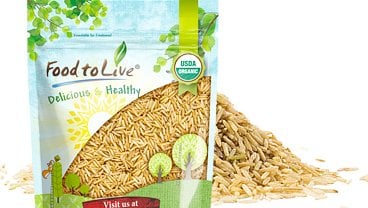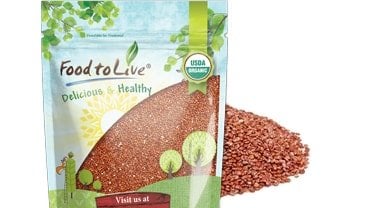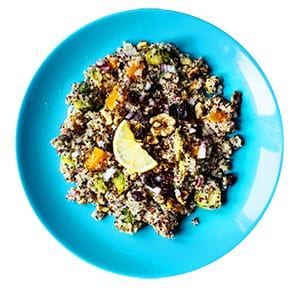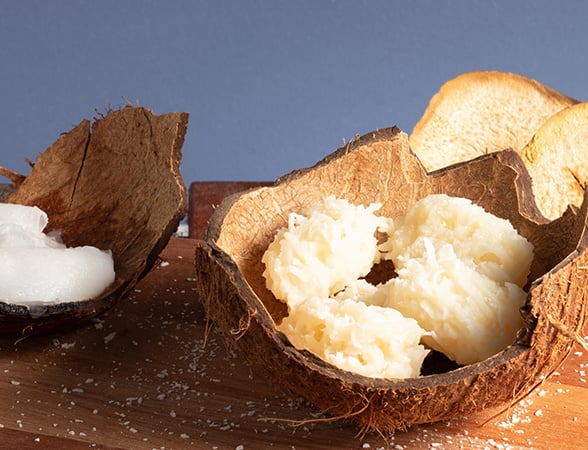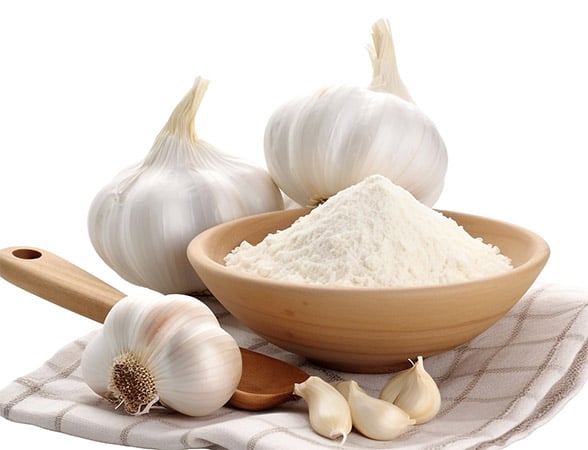July 21, 2023 · Written by Foodtolive Team
How to Meal Prep for a Week: A Step-by-Step Guide
In today’s fast-paced world, meal prepping has become a popular strategy for saving time, staying on track with healthy eating, and reducing stress. By preparing your meals in advance, you can streamline your cooking process, make healthier choices, and ensure you have delicious and nutritious meals ready to enjoy throughout the week. In this blog post, we will provide you with a comprehensive guide on how to prepare meals for a week, including the benefits, best foods to include, step-by-step instructions, storage tips, reheating methods, and 7-day meal prep ideas to inspire you.
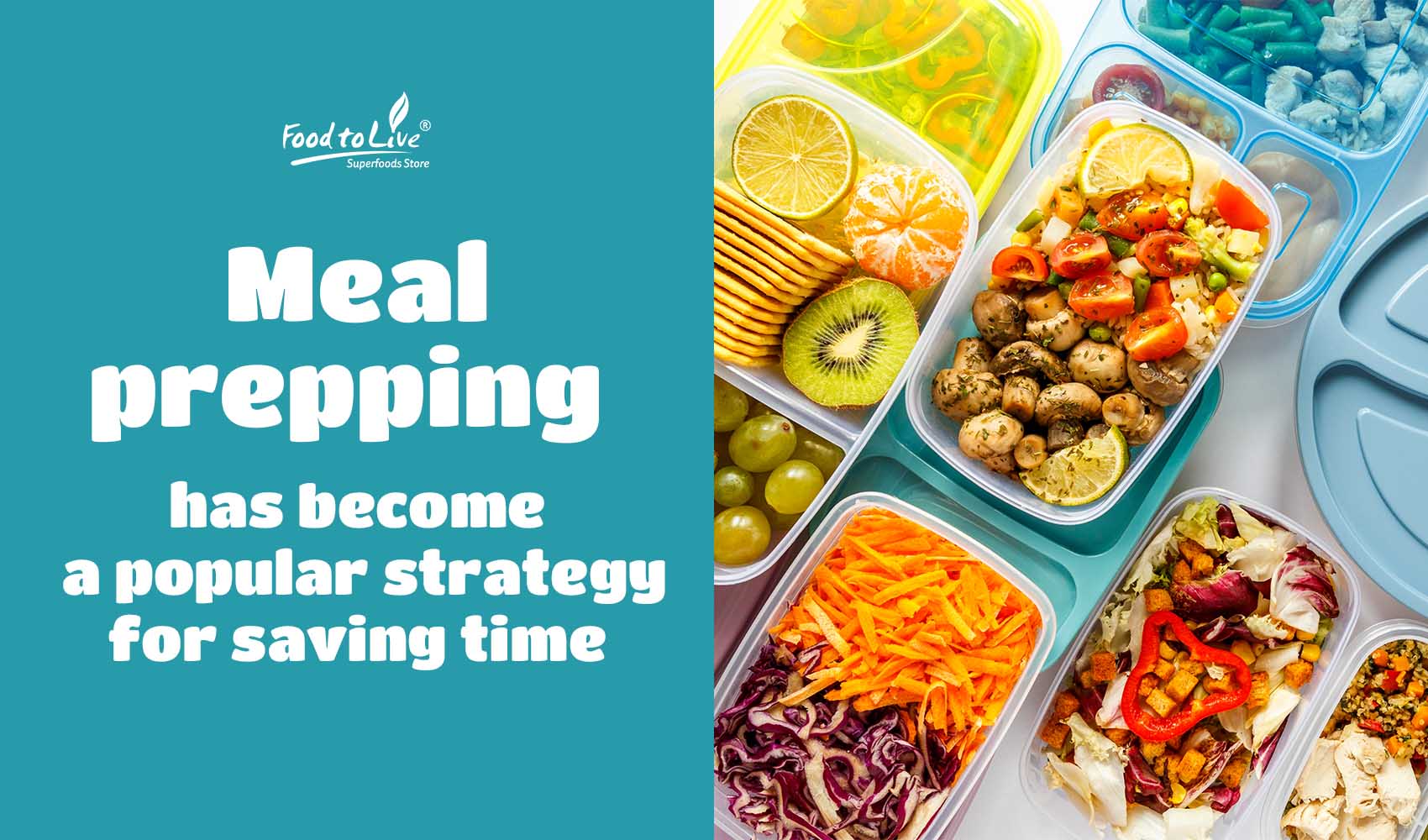 What is Meal Prep?
What is Meal Prep?
Meal prep involves planning, preparing, and portioning meals in advance, typically for an entire week. It allows you to take control of your nutrition, save time on cooking during busy weekdays, and maintain a healthier lifestyle. By dedicating a few hours each week to meal prepping, you can ensure that you have well-balanced, homemade meals readily available.
What are the Benefits of Meal Prep?
Meal prepping offers numerous advantages, such as:
Time-saving: By preparing meals in advance, you can save valuable time during the week and avoid the stress of cooking from scratch every day.
Portion control: Meal prepping allows you to control your portion sizes, helping you maintain a balanced diet and manage your weight.
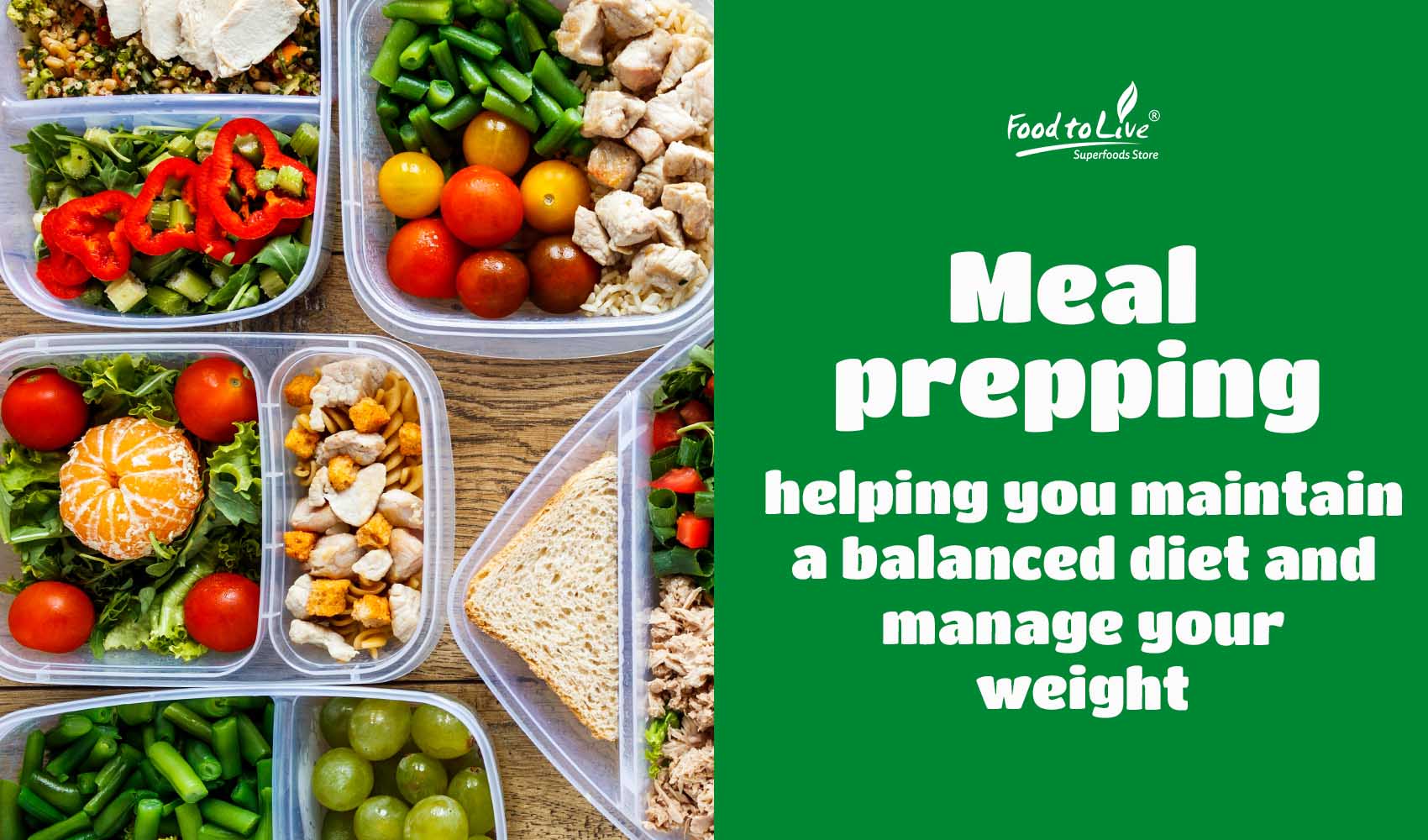
Healthier choices: With meal prepping, you have the opportunity to choose healthier ingredients and control the nutritional content of your meals, reducing the reliance on processed foods.
Cost-effective: By planning your meals ahead, you can shop strategically, buy ingredients in bulk, and reduce food waste, resulting in cost savings.
Reduced stress: Having pre-prepared meals eliminates the need to constantly think about what to cook, especially during busy days.
What are the Best Foods for Meal Prep?
When it comes to meal prep, some foods lend themselves better to advance preparation. Consider incorporating the following into your meal prep routine:
Lean proteins: Chicken breasts, turkey, fish, tofu, and lean cuts of beef or pork.
Whole grains: Brown rice, quinoa, or whole wheat pasta.
Vegetables: Broccoli, cauliflower, bell peppers, carrots, green beans, and leafy greens.
Fruits: Berries, citrus fruits, apples, and grapes.
Healthy fats: Avocado, nuts, seeds, and olive oil.
Meal Prep Containers and Jars
Investing in the right meal prep containers or jars can make a significant difference in keeping your meals fresh and organized. Consider options such as:
Glass containers: Ideal for reheating, BPA-free, and allow easy visibility of the contents.
Compartmentalized containers: Great for portion control and separating different components of your meals.
Mason jars: Perfect for salads or layered meals, as they keep ingredients fresh and can be easily transported.
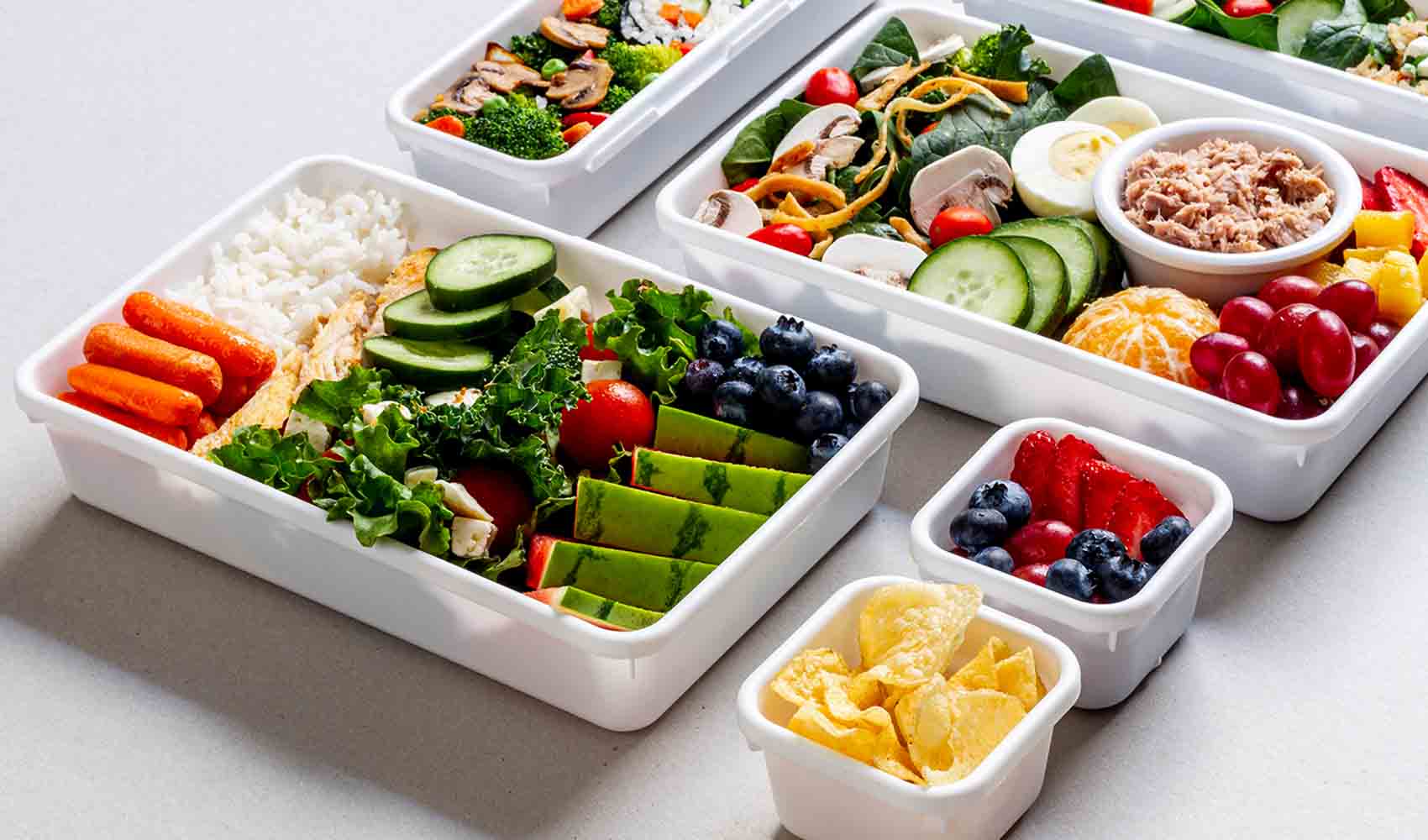 How Long Do Meal Preps Last in the Fridge?
How Long Do Meal Preps Last in the Fridge?
The duration for which meal preps last in the fridge depends on the ingredients used, storage conditions, and proper handling. As a general guideline, most meal preps can last for up to 4-5 days in the refrigerator. However, some ingredients may have different shelf lives, so it’s important to prioritize freshness and food safety.
 How Do You Reheat Meal Prep?
How Do You Reheat Meal Prep?
Reheating meal prepped dishes is a common practice to enjoy your prepared meals throughout the week. Here are some popular methods for reheating meal prep:
Microwave: Transfer the meal to a microwave-safe container and heat on high for 1-2 minutes, stirring halfway through.
Oven: Preheat the oven to a moderate temperature, around 350°F (175°C), and transfer the meal to an oven-safe dish. Heat for 15-20 minutes or until thoroughly warmed.
Stovetop: Place the meal in a pan or skillet over medium heat, stirring occasionally until heated through.
How to Prep Meals for a Week: Step-by-Step Guide
Follow these steps to effectively meal prep for a week:
Plan your meals: Decide on the number of meals you want to prepare, select recipes, and create a shopping list.
Grocery shopping: Gather all the ingredients you need for your chosen recipes.
Batch cooking: Cook the proteins, grains, and vegetables in large quantities. Use various cooking methods such as baking, grilling, or steaming.
Portion and assemble: Divide the cooked components into individual portions and assemble complete meals in your chosen containers or jars.
Storage and refrigeration: Properly store the prepped meals in the refrigerator, labeling them with the date for easy identification.
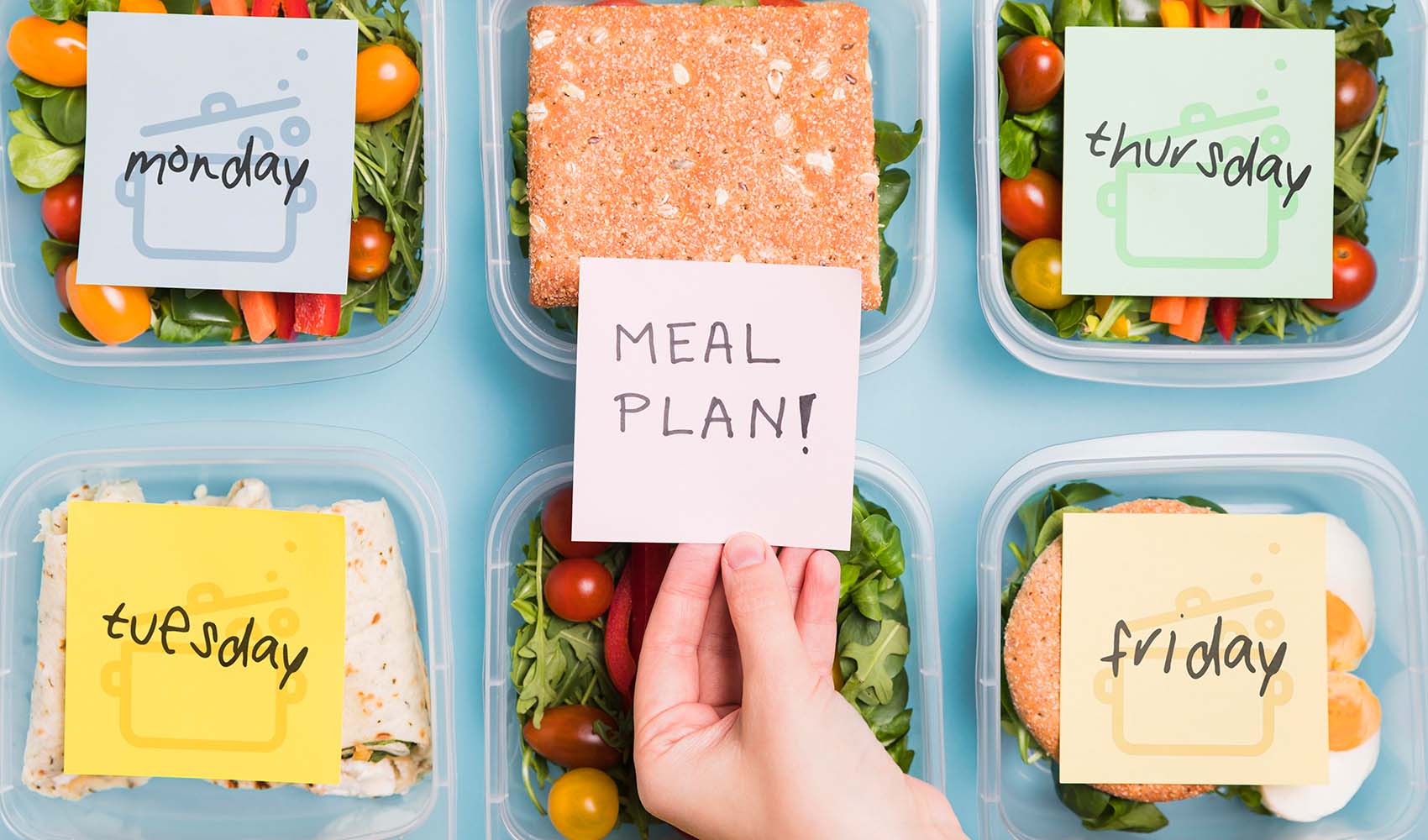 7-Day Meal Prep Ideas
7-Day Meal Prep Ideas
Here are 7-day meal prep ideas to help you plan your meals for the week:
Day 1:
Breakfast: Overnight oats with chia seeds, almond milk, and mixed berries.
Lunch: Grilled chicken breast with quinoa, roasted sweet potatoes, and steamed broccoli.
Snack: Greek yogurt with mixed berries.
Dinner: Baked salmon with brown rice, roasted asparagus, and a side salad with mixed greens, cherry tomatoes, and balsamic vinaigrette.
Day 2:
Breakfast: Veggie-packed egg muffins (made with eggs, spinach, bell peppers, and cheese).
Lunch: Turkey meatballs with whole wheat pasta, marinara sauce, and sautéed spinach.
Snack: Carrot sticks with hummus.
Dinner: Tofu stir-fry with red rice, snap peas, bell peppers, and a sesame-ginger sauce.
Day 3:
Breakfast: Avocado toast on whole grain bread topped with cherry tomatoes, and a sprinkle of mixed seeds.
Lunch: Quinoa salad with chickpeas, diced vegetables (such as cucumber, bell peppers, and red onion), feta cheese, and a lemon vinaigrette.
Snack: Apple slices with almond butter.
Dinner: Beef stir-fry with broccoli, carrots, snow peas, and a homemade teriyaki sauce served over cauliflower rice.
Day 4:
Breakfast: Spinach and mushroom omelet with whole wheat toast.
Lunch: Mason jar salad with layers of mixed greens, cherry tomatoes, grilled chicken, quinoa, and balsamic dressing.
Snack: Hard-boiled egg with a sprinkle of sea salt.
Dinner: Fried shrimp with couscous, and grilled zucchini. Try our Pan-Fried Lemon Garlic Shrimp with Shell.
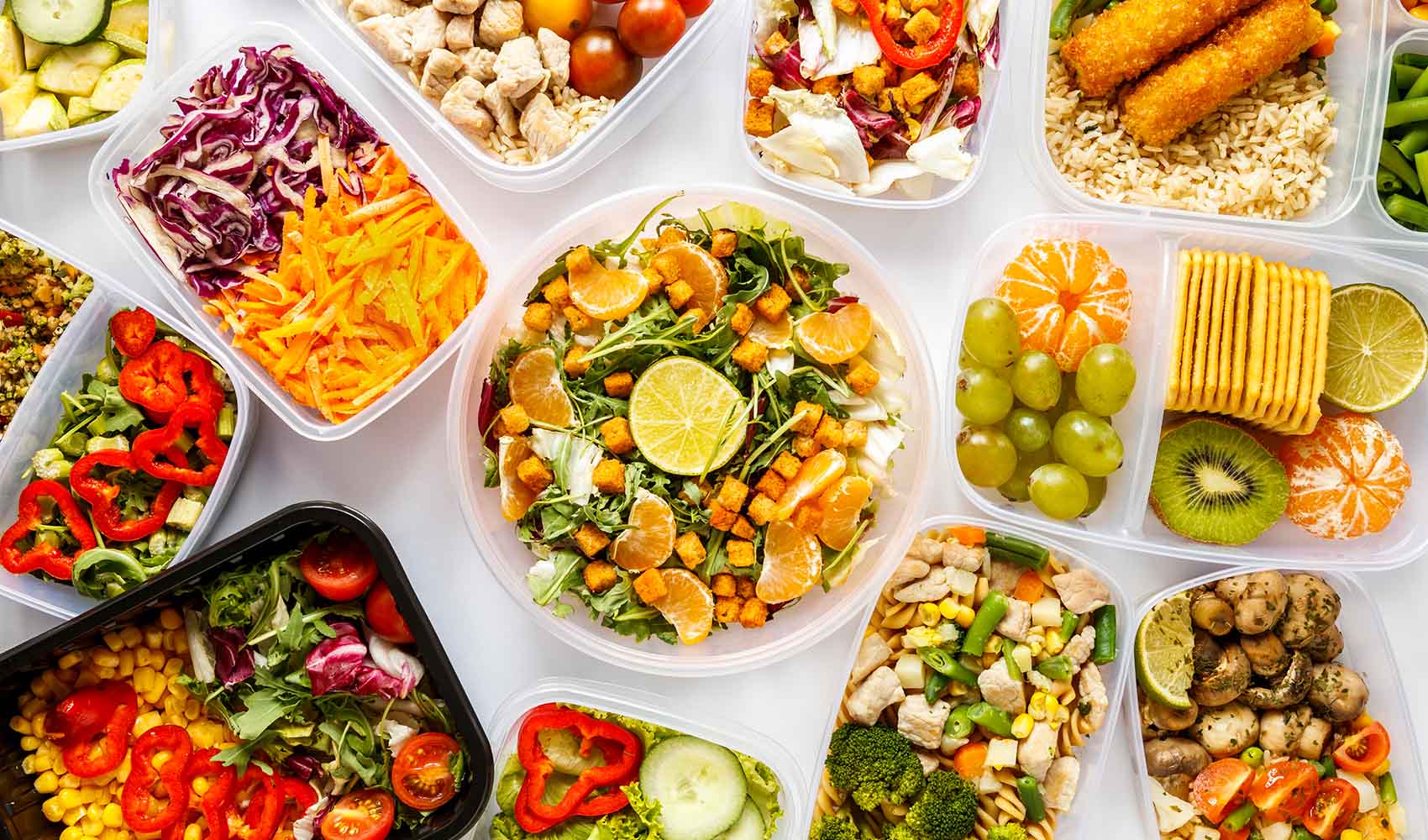
Day 5:
Breakfast: Greek yogurt parfait with layers of yogurt, granola, and mixed berries.
Lunch: Chickpea salad with diced cucumbers, cherry tomatoes, red onion, parsley, and a lemon-herb dressing.
Snack: Nuts and Berries Trail Mix.
Dinner: Baked chicken thighs with sweet potato mash, steamed green beans, and a side of roasted beets.
Day 6:
Breakfast: Smoothie bowl made with frozen berries, spinach, almond milk, and topped with granola and banana chips.
Lunch: Spinach and feta stuffed chicken breast with quinoa, roasted Brussels sprouts, and a side of mixed greens.
Snack: Celery sticks with beet hummus.
Dinner: Lentil curry with jasmine brown rice and steamed cauliflower.
Day 7:
Breakfast: Whole grain toast with smashed avocado, sliced tomatoes, and a poached egg.
Lunch: Caprese salad with sliced tomatoes, fresh mozzarella, basil leaves, drizzled with balsamic glaze and olive oil.
Snack: Homemade energy balls. Try our Apricot Coconut Balls.
Dinner: Baked cod fillets with roasted potatoes, sautéed kale, and a lemon-dill sauce.
Meal prepping can be a game-changer when it comes to maintaining a healthy and organized lifestyle. Experiment with different recipes and adapt the process to suit your preferences, and soon you’ll experience the time-saving and health-enhancing advantages of meal prepping.
Remember, the key to successful meal prep is finding a routine that works for you and making it a sustainable habit. Happy meal prepping!

